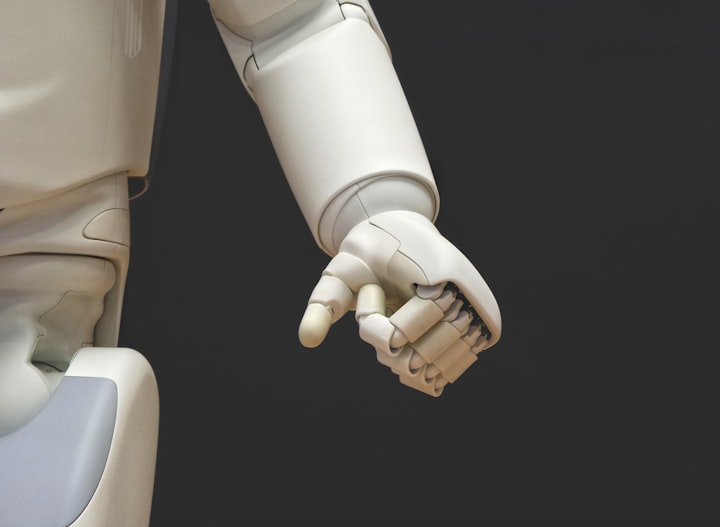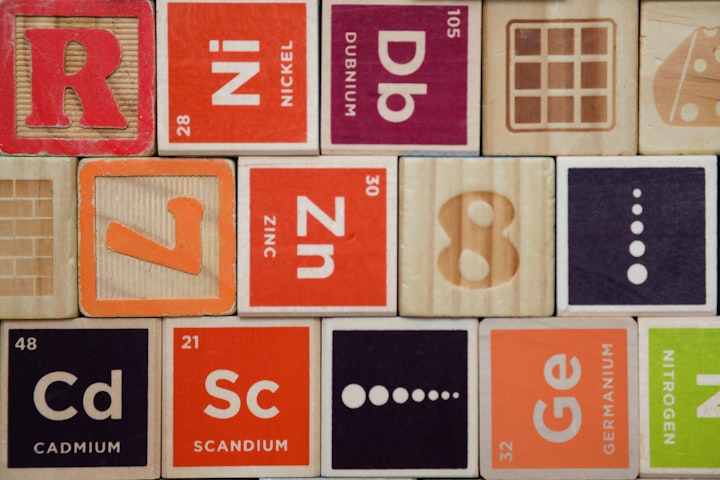Advancing Humanity: The Journey of Bionics
Pushing Boundaries, Overcoming Limitations, and Building an Inclusive Future

Looking deeply into nature through the lens of science, designers extract principles, processes, and materials that form the basis of design methodology. Nature not only inspires design but also drives it forward. From synthetic constructs resembling biological materials to computational methods emulating neural processes, the interplay between nature and design is evident. In realms such as genetics, regenerative medicine, and synthetic biology, designers are developing novel technologies unforeseen by nature.
Bionics explores the fusion of biology and design, exemplified by advancements like bionic limbs. These innovations bridge the gap between disability and ability, unlocking human potential. The journey of bionic integration began with a personal experience—amputation due to frostbite in 1982. This setback sparked a mission to advance technology for personal and societal benefit.
Specialized limbs were developed, enabling a return to activities like rock climbing. The adaptability of artificial limbs allowed for customization and enhancement beyond biological capability. Through technological innovation, disability was overcome, empowering individuals with newfound capabilities.
The Center for Extreme Bionics at MIT aims to push the boundaries of biomechatronics and regenerative repair, enabling rehabilitation across various disabilities. Mechanical interfaces between bionic limbs and the body are crucial yet challenging. Innovative approaches, such as spatially varying exoskeletal impedances, offer comfort and support mirroring biological tissues.
Synthetic skins with embedded sensors and smart materials further enhance bionic limbs' functionality. These advancements extend beyond prostheses, envisioning a future where clothing and accessories are data-driven for optimal performance and comfort.
Dynamic interfaces mimic natural movements through bionic ankles, knees, and hips. By studying human physiology, researchers develop devices that restore mobility and even enhance athletic performance. Exoskeletons augment human abilities, reducing metabolic costs and enabling unprecedented feats.
Electrical interfaces enable communication between bionic limbs and the nervous system, paving the way for intuitive control and sensory feedback. Research efforts focus on closing the loop between humans and external limbs, aiming for seamless integration and enhanced functionality.
Bionics has profound implications for individuals' lives, offering hope and empowerment. Through technological advancements and interdisciplinary collaboration, disabilities can be overcome, enabling individuals to live life to the fullest. Every person deserves the right to autonomy and an enhanced human experience, free from the constraints of disability.
The story of Adrianne Haslet-Davis exemplifies the transformative potential of bionics. Despite adversity, she reclaimed her passion for dance with the help of a bionic limb. This serves as a testament to resilience and the power of technology to restore and enhance human abilities.
This transformative journey in bionics underscores the importance of collaboration and innovation. The fusion of biology and technology holds promise for a future where disabilities are overcome, and human potential is fully realized. By harnessing the principles of nature and pushing the boundaries of design methodology, we can create a world where every individual has the opportunity to thrive.
As we look ahead, it's essential to recognize the ethical considerations and societal implications of bionics. Access to advanced technologies should be equitable, ensuring that no one is left behind. Furthermore, ongoing research and development must prioritize safety, efficacy, and user experience to maximize the benefits of bionic integration.
Indeed, the journey of bionics is an ongoing exploration of the intersection between humanity and technology. As we push the boundaries of what is possible, we must also consider the broader implications of our innovations. Ethical considerations regarding privacy, autonomy, and equality must guide our development efforts.
Moreover, as we continue to refine bionic technologies, it's crucial to prioritize inclusivity and accessibility. Ensuring that individuals from diverse backgrounds and with varying needs can benefit from these advancements is paramount. This requires not only technological innovation but also systemic changes to healthcare, education, and social support systems.
Furthermore, the field of bionics offers an opportunity for interdisciplinary collaboration. By bringing together experts from fields such as engineering, medicine, neuroscience, and ethics, we can tackle complex challenges and unlock new avenues for innovation.
In essence, the journey of bionics is a testament to human ingenuity and resilience. By harnessing the power of technology, we have the potential to enhance human capabilities, overcome limitations, and build a more inclusive and empowered society. As we continue on this journey, let us remain guided by compassion, empathy, and a commitment to improving the lives of all individuals, regardless of ability.
In conclusion, bionics represents a paradigm shift in human augmentation, where technology transcends limitations and empowers individuals to reach their full potential. As we continue to innovate, we move closer to a future where disability is no longer a barrier to leading fulfilling lives.
About the Creator
Sebastian Clarke
Posting some of my previous work! Then writing some new ones!





Comments
There are no comments for this story
Be the first to respond and start the conversation.